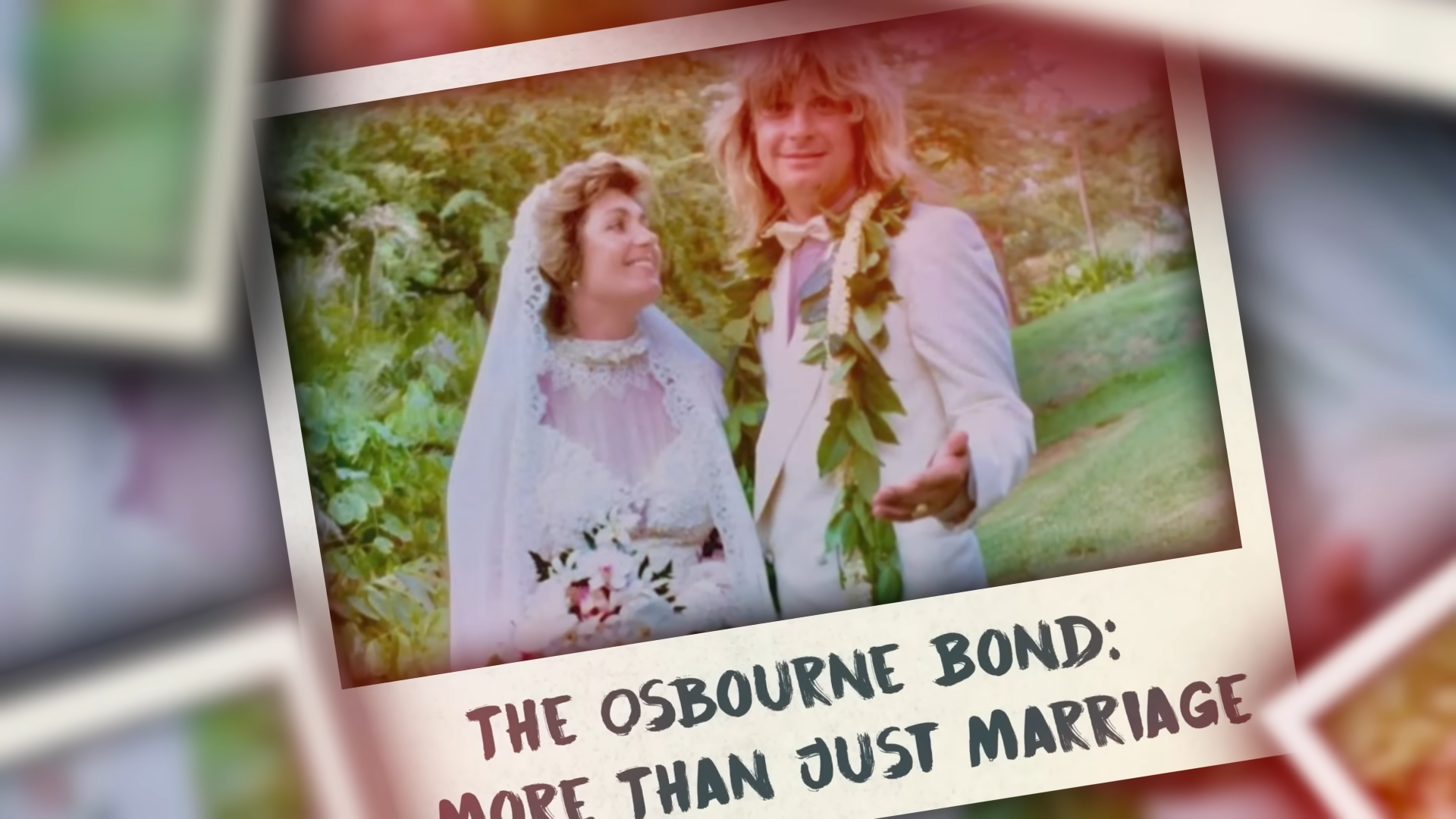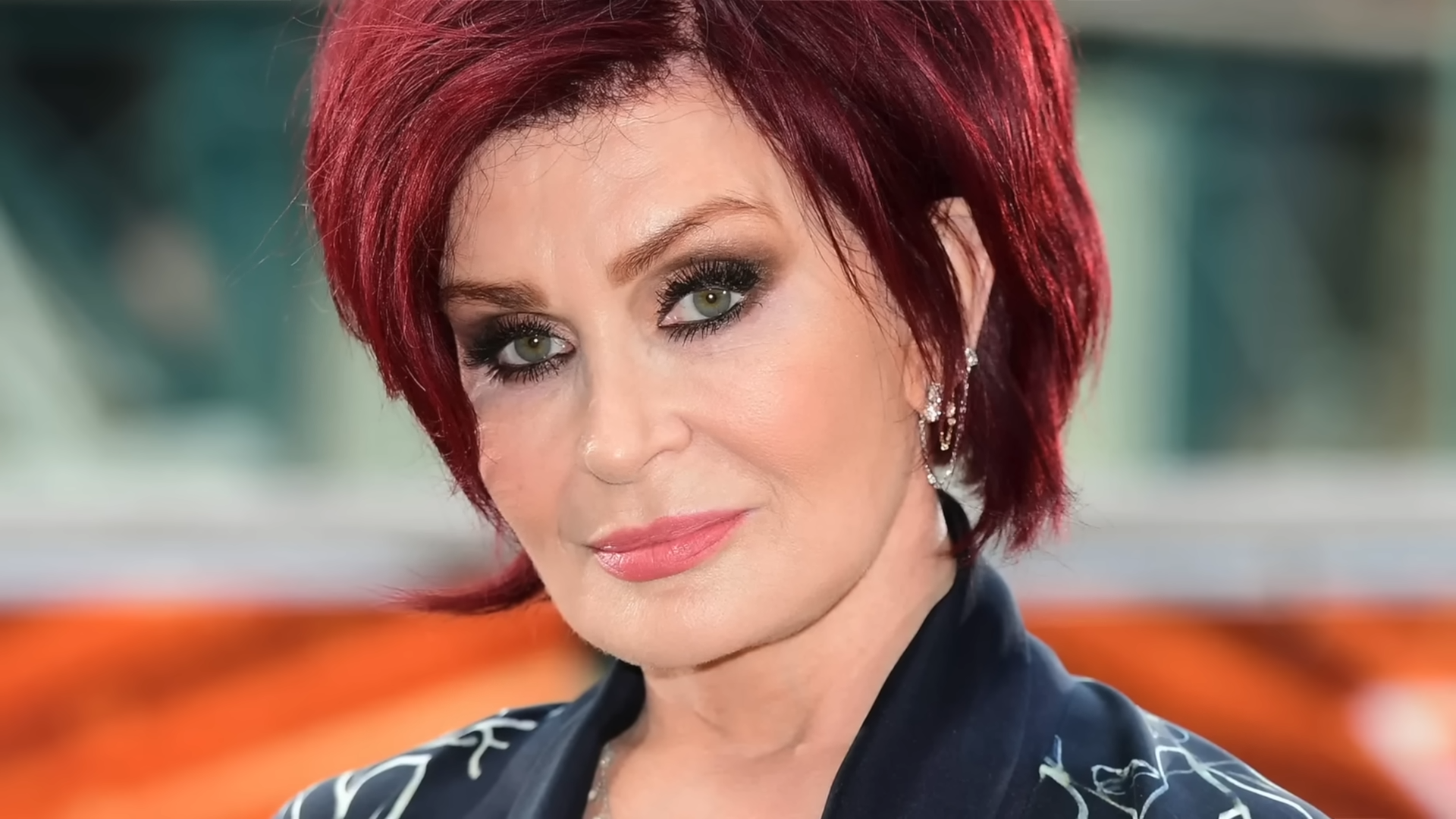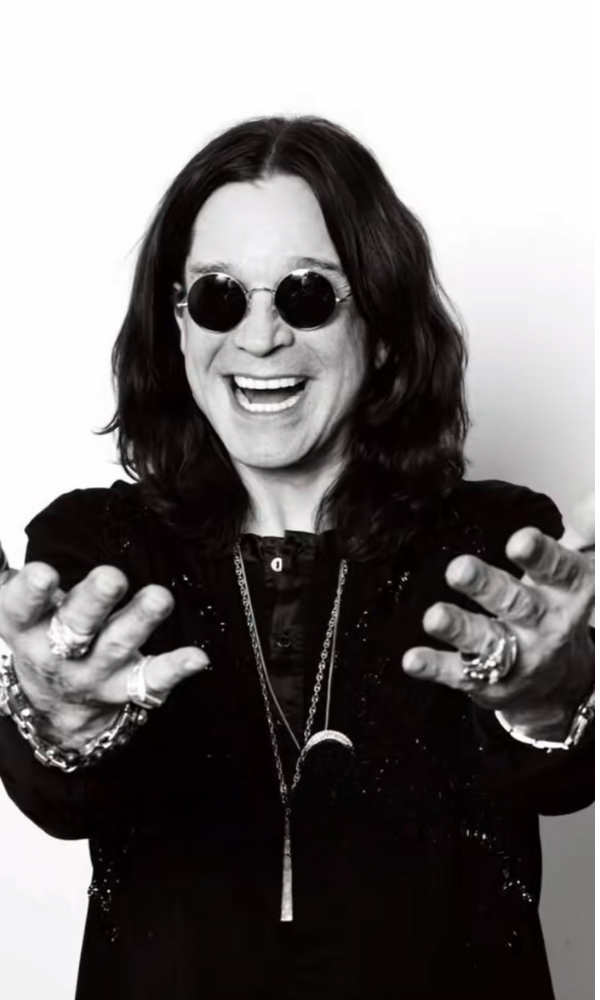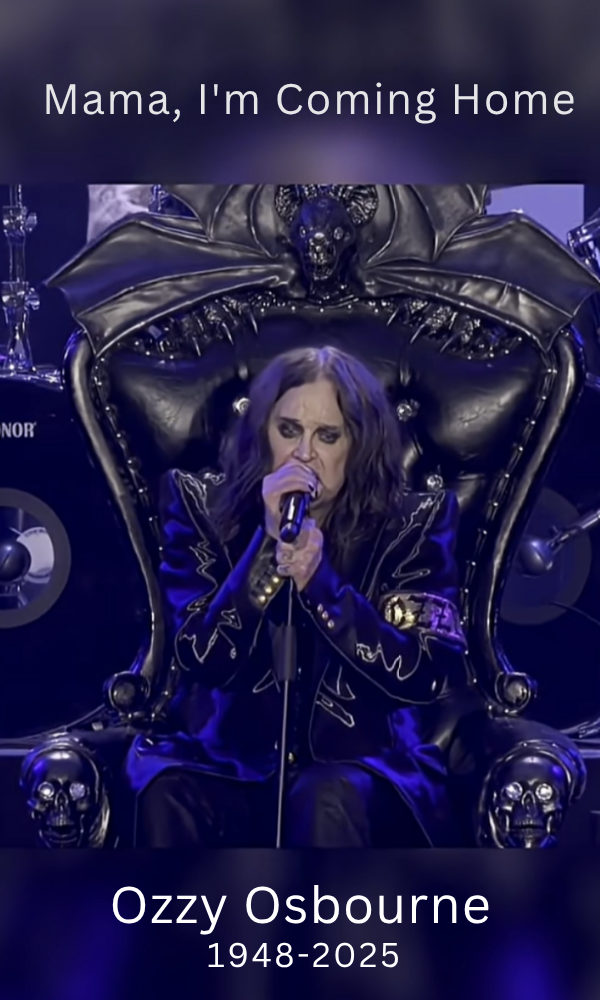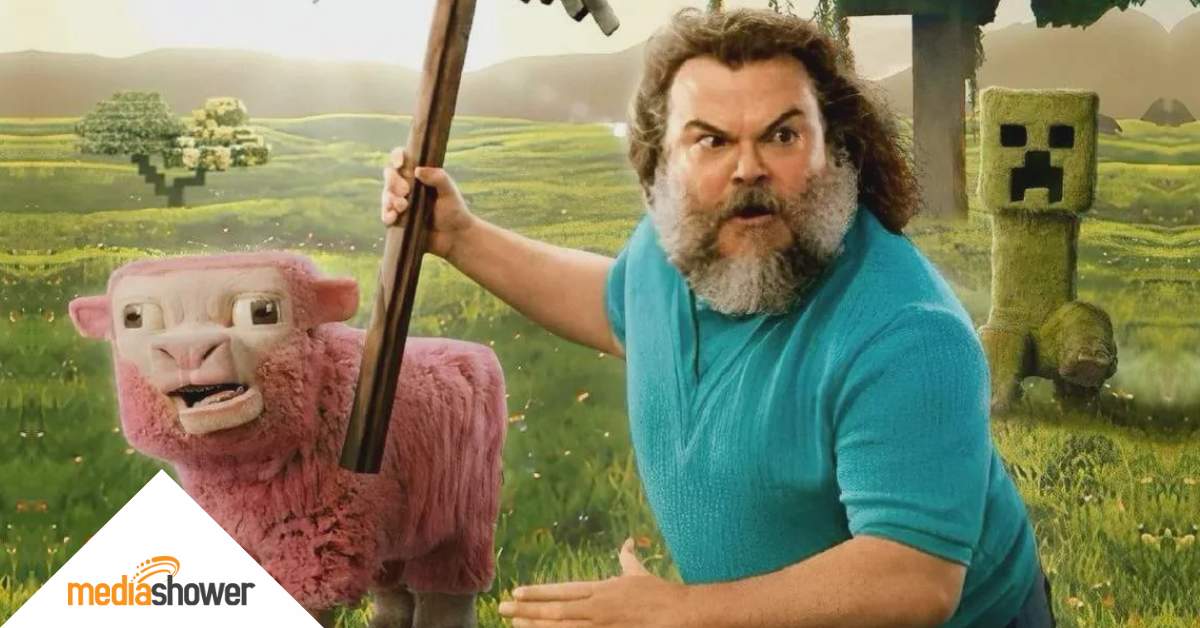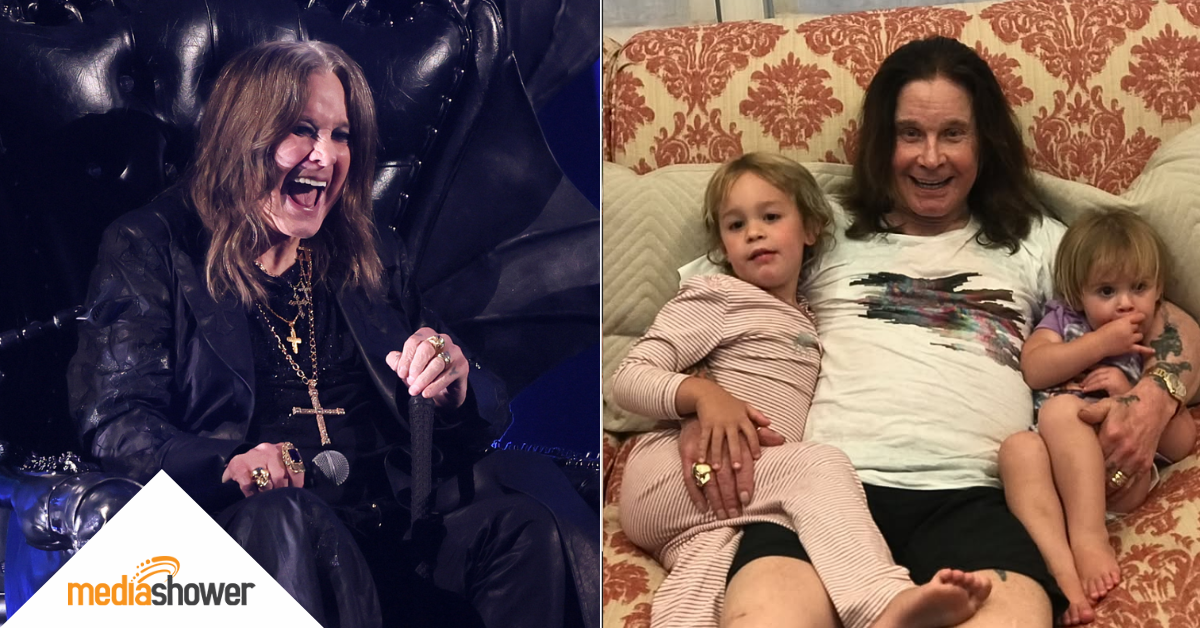
Quick Summary
- The numbers don’t lie. Ozzy Osbourne turned decades of chaos into a $220 million empire, 100+ million albums sold, and four generations of loyal fans.
- Authenticity over strategy. While other rockers reinvented themselves, Ozzy was always himself; his evolution felt less like reinvention and more like revelation.
- Reality TV pioneer. The Osbournes pulled 8 million viewers on MTV and redefined celebrity branding for the digital age.
- Cross-generational staying power. From Black Sabbath’s 1970 debut to a Post Malone collaboration in 2019, Ozzy maintained relevance across 50 years without a rebrand.
In 1970, four working-class kids from Birmingham released an album that invented the genre of heavy metal. By 2002, their lead singer was reinventing MTV reality shows.
The journey from Black Sabbath’s Paranoid to The Osbournes’ living room should have destroyed Ozzy’s credibility. Instead, it multiplied his net worth by 100x and turned him into one of music’s most enduring brands.
While his peers either faded away or desperately chased trends, Ozzy Osbourne did something radical: he stayed chaotic, confused, and completely himself across five decades, three media revolutions, and countless cultural shifts.
Ozzy’s success was a masterclass in accidental brand building that marketers are still trying to decode.
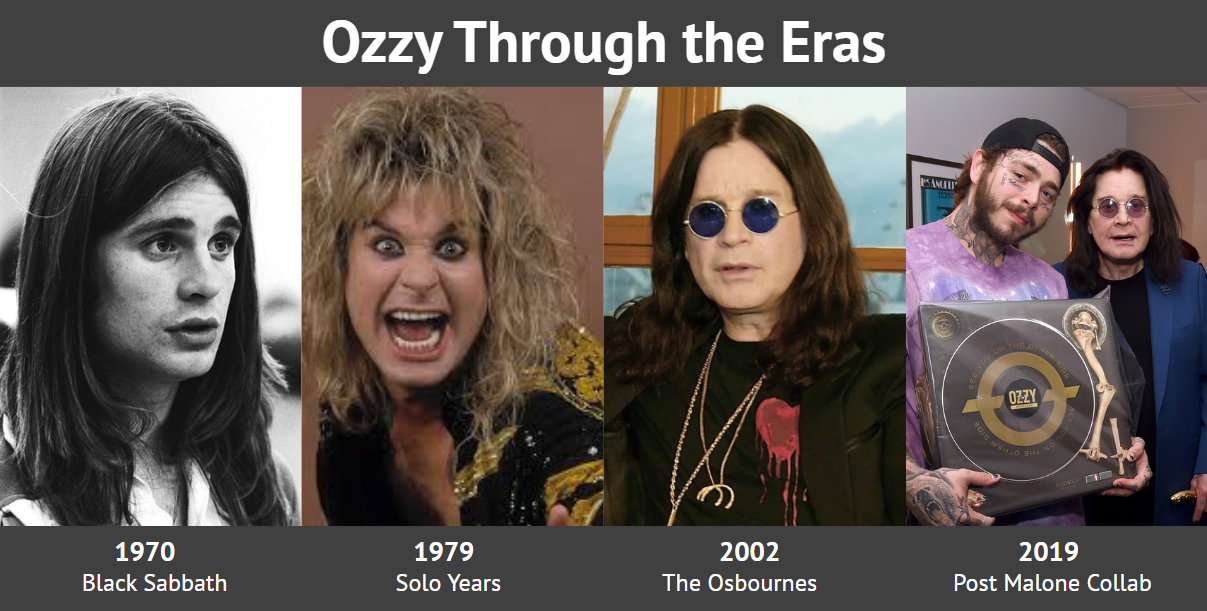
From Birmingham to Billions
John Michael Osbourne grew up in Aston, Birmingham, sleeping in a house with no indoor plumbing and sharing a bed with five siblings. His father worked nights at a steel plant. His mother scrubbed floors.
Young Ozzy’s career prospects included prison or the factory line.
He chose music instead—though “chose” might be misleading. Black Sabbath formed almost by accident in 1968, four friends jamming in a basement. Their sound emerged from Birmingham’s industrial grimness: heavy, dark, and absolutely unlike anything on the radio.
The Sabbath Years: Building the Foundation
Black Sabbath’s first album cost £600 to record and went gold within months. By 1973, they’d sold 8 million albums in the US alone, despite minimal radio play and active resistance from critics who called their music “downer rock.”
Here’s what made Sabbath different:
- Industrial authenticity. Their sound literally came from factory noise—guitarist Tony Iommi lost his fingertips in a sheet metal accident, creating the detuned sound that defined metal.
- Working-class rage. While Led Zeppelin sang about hobbits, Sabbath sang about factory accidents and Vietnam.
- Theatrical darkness. Ozzy’s stage presence mixed genuine menace with camp humor.
By 1978, Ozzy’s substance abuse had derailed the band. His firing from Black Sabbath should have ended the story.
Instead, it began a second act for Ozzy.
Sharon and the Solo Years
In 1979, Sharon Arden, the daughter of notorious music manager Don Arden, took over Ozzy’s career. When everyone else had written him off, she saw something others missed.
Her first move would turn out to be genius: Rather than trying to “fix” or repackage Ozzy, she leaned into the madness. Under her guidance, Ozzy’s solo career exploded, with global tours and multi-platinum albums:
- Blizzard of Ozz (1980): 5 million copies sold
- Diary of a Madman (1981): 3 million copies sold
- Total solo albums sold: Over 100 million worldwide
In 1982, Sharon and Ozzy were married, cementing one of rock’s most chaotic—and effective—power duos.
“My wife, Sharon, is the leader. We all depend on her for everything, you know, even me. I’m like the monkey on the piano. I do the jumping, she plays the tunes.” – Ozzy Osbourne
Sharon’s management deserves its own Harvard Business School case study. She negotiated deals that seemed impossible and protected the brand while letting Ozzy be Ozzy.
Beyond damage control, Sharon’s genius was in turning disasters into headlines and headlines into revenue.
Here are just a few examples.
The bat incident response (1982)
When Ozzy bit the head off a bat on stage (he thought it was rubber), Sharon booked him on every talk show that would have him, turning a potential career-ender into months of free publicity. Album sales surged in the aftermath.
With David Letterman: The bat incident
The Alamo arrest leverage (1982)
When Ozzy was arrested for urinating on the Alamo Cenotaph, Sharon negotiated his return to San Antonio ten years later with a public donation and apology—paired with a sold-out concert that turned his ban into a triumphant comeback story.
MTV negotiations (2001)
When MTV came calling for The Osbournes, Sharon recognized the opportunity’s real value. She fought for creative control, merchandising rights, and international licensing percentages, transforming a simple reality show pitch into a multimedia empire.
Crisis-to-content pipeline
Sharon pioneered turning personal disasters into profitable content. Ozzy’s arrest for attempting to strangle her when blackout drunk became material for his autobiography. His rehab stints became storylines for The Osbournes. Every crisis had a monetization strategy attached.
She understood something fundamental: Ozzy’s chaos wasn’t a bug to fix—it was the feature to amplify. While other managers tried to clean up their clients’ images, Sharon packaged the mess and sold it at premium prices.
The Reality Revolution
By 2001, Ozzy was a profitable nostalgia act. Gen X metalheads still bought tickets, but cultural relevance had moved on. Then MTV called with an idea that seemed insane: follow the Osbourne family with cameras.
The Osbournes premiered March 5, 2002. The first episode had 4.5 million viewers. By season’s end, that number had increased to nearly 8 million, making it MTV’s highest-rated show ever.
The Osbournes, Season 1, Episode 1 (NSFW)
Why The Osbournes Worked
The show’s genius was its complete lack of artifice. While other reality shows manufactured drama, The Osbournes just pointed cameras at actual chaos:
- Ozzy couldn’t work the TV remote.
- The house was overrun with dogs who defecated everywhere.
- Family dinners involved discussions of anal beads and drug rehabilitation.
- Ozzy shuffled around in bathrobes looking for the kitchen in his own house.
Viewer demographics were surprising:
- 35% were over 35 (unprecedented for MTV).
- 42% were under 24 (discovering Ozzy for the first time).
- 60% had never bought an Ozzy album.
In a genre built on fakery, The Osbournes stood out by being accidentally real. The raw, unfiltered messiness created an unexpected emotional connection, drawing in viewers who’d never bought an Ozzy album and had no interest in heavy metal.
The chaos was entertaining and relatable. It redefined what a personal brand could be in the reality TV era.
“It’s not abnormal to me the way we live, because it’s the way I am.” – Ozzy Osbourne
Cultural Impact
Here’s how The Osbournes rewrote celebrity branding rules:
- Vulnerability became currency. Ozzy’s confusion and frailty made him more beloved, not less.
- Family dysfunction went mainstream. The show paved the way for every celebrity reality series that followed.
- Cross-platform success. Album sales increased 35% during the show’s run.
The show earned Emmy nominations, spawned international versions, and generated an estimated $75 million in revenue across merchandise, DVDs, and licensing deals.
The Digital Evolution

Post Osbournes, most 60-year-old rockers would have coasted on nostalgia tours. Ozzy kept evolving, apparently without even trying.
2010s: The Meme Era
Younger audiences discovered Ozzy through viral moments that perfectly captured his essence:
- The “Sharon!” supercut: Compilations of Ozzy yelling for his wife became instant viral gold, spawning countless remixes and parodies
- Technology struggles: His battles with iPads, remotes, and smartphones became the perfect reaction content for a generation raised on devices
- TikTok sounds explosion: His confused mumblings and signature phrases became go-to audio for creators worldwide
- The couch shuffle: Simple clips of Ozzy looking for the TV remote resonated with millions who saw their own parents in his confusion
Each viral moment reinforced his brand: endearingly lost, authentically confused, yet somehow still standing.
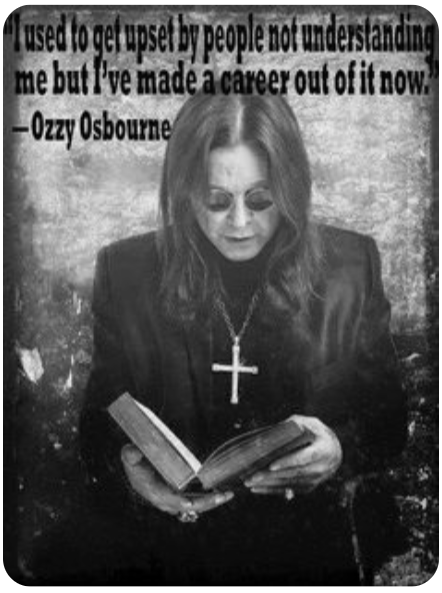
2019: Post Malone collaboration
When Post Malone recruited Ozzy for “Take What You Want,” industry insiders called it desperation. The collaboration seemed forced—a 71-year-old metal icon meets a face-tattooed rap sensation.
Instead, the song became a streaming phenomenon.
- It peaked at #8 on Billboard Hot 100.
- It generated 500+ million Spotify streams.
- It introduced Ozzy to millions of new listeners.
- It spawned successful follow-up collaborations.
The key was authenticity—Ozzy didn’t try to rap or adopt Post’s style. He sang like Ozzy, creating contrast that made both artists shine. Gen Z listeners discovered that the confused grandfather from memes had serious vocal power.
The collaboration proved Ozzy’s adaptability paradox: He succeeded on new platforms precisely because he never adapted his personality to them.
With Post Malone: “Take What You Want”
The Business of Being Ozzy
By 2024, the Ozzy empire included:
Music revenue
- 100+ million albums sold (solo and Sabbath combined)
- $50 million in touring revenue (final tour alone)
- Streaming royalties generating $2-3 million annually
Media properties
- The Osbournes residuals and reboots
- Documentary rights (multiple films)
- Podcast ventures with family members
Merchandising
- Licensed products from action figures to wine
- Fashion collaborations (including a sold-out Supreme drop)
- Video game appearances and licensing
Brand partnerships
- Super Bowl commercials (Best Buy, Samsung)
- Unlikely endorsements that lean into his persona
- Speaking fees reaching six figures
All-Star Tribute to Ozzy Osbourne | 2024 Induction Ceremony
Success Factors
Ozzy Osbourne built his brand through raw presence. His staying power came from qualities most marketers would overlook: chaos, honesty, and relentless consistency.
These are the core elements that turned him into a multigenerational icon:
Consistency through chaos
While David Bowie reinvented himself every album and Madonna chased each new trend, Ozzy remained stubbornly, consistently Ozzy. The character never changed—only the context around him.
This consistency created trust. Fans in 1970 and fans in 2020 were buying the same thing: authentic chaos from a working-class kid who never learned to hide it.
Accidental authenticity
Ozzy never hired brand consultants or image managers (beyond Sharon’s business guidance).
His public persona was unfiltered reality:
- He couldn’t fake sophistication if he tried.
- He never apologized for who he was.
- He turned weaknesses into connection points.
In an era of manufactured celebrity, Ozzy’s inability to be anything but himself became his greatest asset.
Multi-generational bridge building
Most artists lose relevance when their original audience ages out. Ozzy found new audiences without changing his act.
- Boomers discovered him as dangerous.
- Gen X embraced him as rebellion.
- Millennials loved him as entertainment.
- Gen Z adopted him as authentic.
Each generation found what they needed in one chaotic package.
Platform agility without personality change
From vinyl to MTV to streaming to TikTok, Ozzy adapted to new platforms while remaining himself:
- He never tried to speak young.
- He never pretended to understand technology.
- He let his confusion become part of the charm.
How to Build a Brand Without Even Trying
The Ozzy Osbourne brand defies every rule in the marketing playbook. A shambling, bat-biting icon with no media training or tech savvy shouldn’t have Gen Z fans streaming his music hundreds of millions of times—or a $220 million empire built on being perpetually confused.
But that’s exactly the point.
In a culture obsessed with optimization, brand guidelines, and polished personas, Ozzy proved that raw authenticity sells. He stumbled through five decades being exactly himself. He didn’t follow the rules because he genuinely didn’t know them.
Ozzy’s career stands as proof that being unapologetically, chaotically human might be the ultimate competitive advantage.
Marketer Takeaways
- Lead with authenticity, not strategy. Modern audiences can spot spin a mile away. Ditch the overly polished campaigns and start with who you really are.
- Don’t hide your flaws—highlight them. Your imperfections might be your greatest competitive advantage. Vulnerability builds trust.
- Consistency compounds. Stay true to your core identity across channels, campaigns, and customer interactions. Over time, this builds brand equity and loyalty that no short-term trend can match.
- Show the human side of the brand. Pull back the curtain. Highlight your team, share behind-the-scenes moments, and let your audience in on the daily chaos.
- Turn problems into profits. When things go wrong (and they will), see them as marketing opportunities. A misstep can be spun into a moment of transparency—and loyalty—if handled creatively and honestly.
Media Shower’s AI marketing platform helps brands break the rules—and the internet. Click here for a free trial.

